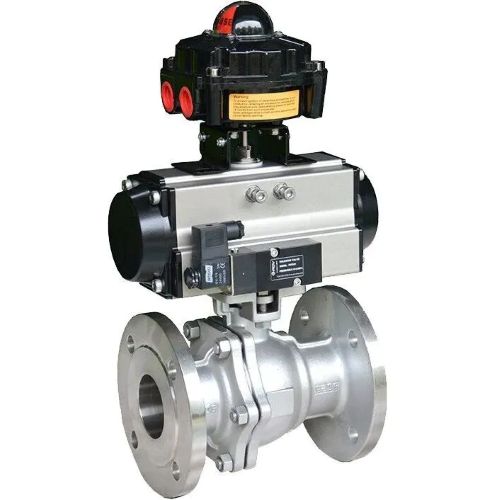


Pneumatic Control Valves: Operation, Maintenance, and Troubleshooting
Pneumatic Control Valves: Working Principles, Applications, and Maintenance
Pneumatic control valves are crucial components used in a wide range of industrial sectors, including petroleum, chemical, power generation, and metallurgy. These China Control Valves play a vital role in regulating essential process parameters such as flow, pressure, temperature, and fluid properties within pipelines. Their operation relies on compressed air, with performance facilitated by actuators, positioners, solenoid valves, and various other accessories. The control signal from an industrial automation system enables these valves to adjust and control medium flow accurately, ensuring the smooth operation of complex systems.
At the core of pneumatic control valve operation is the actuator, which is powered by compressed air. The actuator’s role is to move the valve stem, thereby opening or closing the valve. The valve’s position is controlled through the use of a positioner, which translates the control signal (typically a 4-20mA electrical signal or 3-15 psig air signal) into a precise position for the valve.
Pneumatic control valves function as part of a feedback control loop, which also includes a controller that continuously monitors the system’s performance. The positioner adjusts the valve’s position based on the input signal, ensuring that the flow of the medium is regulated to meet the specified setpoint.
In order to function effectively, pneumatic control valves must operate with clean, dry compressed air. Moisture, contaminants, and dirt in the air supply can damage the actuator and other valve components, reducing efficiency and potentially causing failure. Therefore, maintaining a high-quality air supply through filtration and drying systems is essential for optimal performance.
Pneumatic control valves are used across multiple industries to control fluid and gas flow in various processes. They are commonly found in:
There are several types of pneumatic control valves, each suited for specific applications:
Proper maintenance is critical to ensuring the reliable and efficient performance of pneumatic control valves. Common maintenance procedures include:
Pneumatic control valves are susceptible to several common issues, such as:
Pneumatic control valves are essential for regulating the flow, pressure, and temperature of fluids in various industrial systems. Their reliable operation is crucial to the safety and efficiency of industrial processes. By understanding their working principles, applications, and common issues, industries can optimize their use and ensure long-term reliability. Regular maintenance practices, such as cleaning, lubrication, and calibration, play a key role in preventing downtime and enhancing the performance of these vital components.
